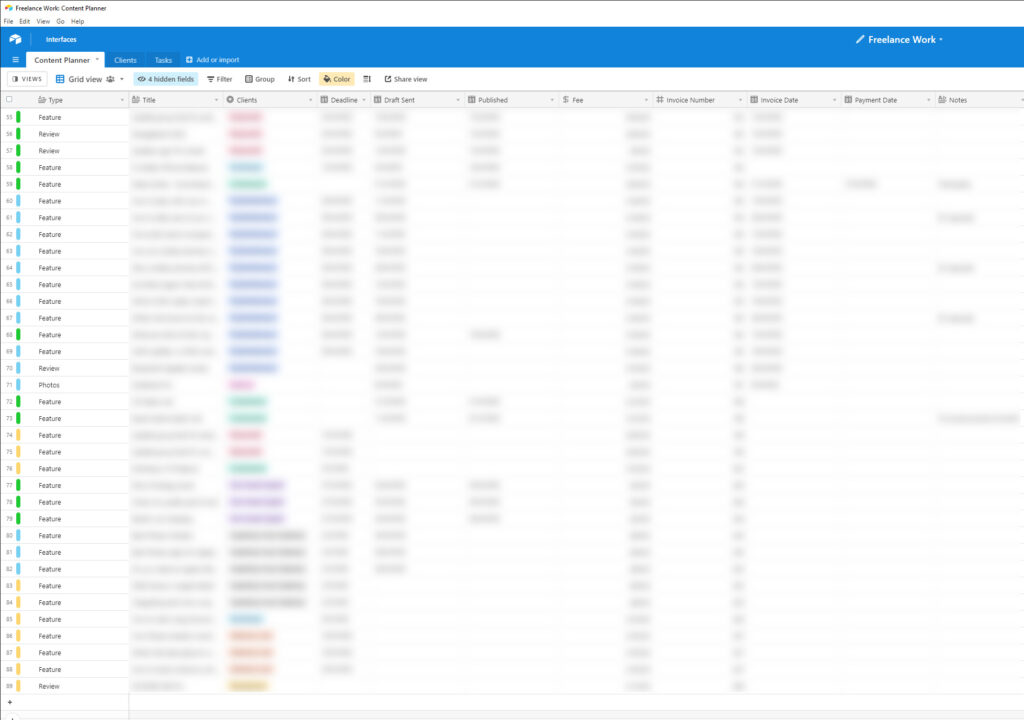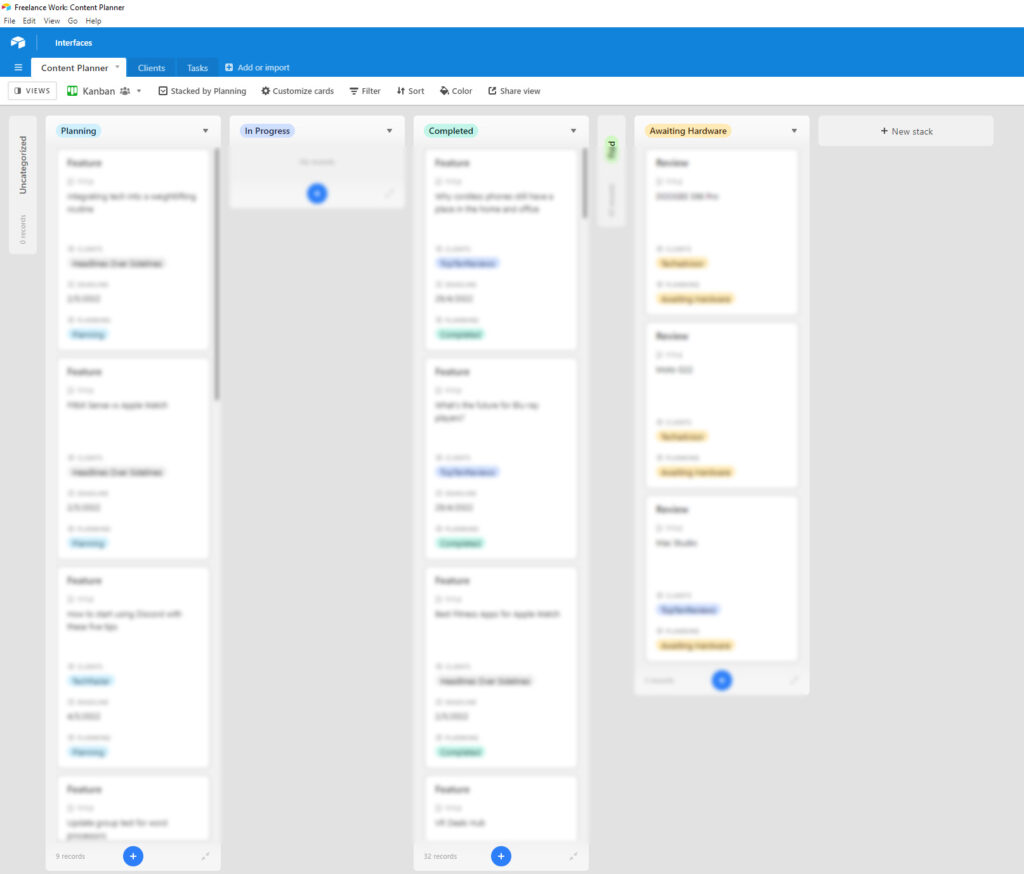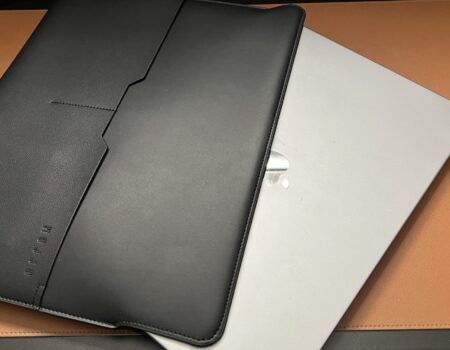“Dancing on the Airtable, doing the Kanban”
3rd July, 2022 - Blog
One of the things I’ve noticed, now that I’ve been writing about productivity apps and tools for three years now, is that I can’t help myself looking for ways to streamline processes and cut out problems. It’s like a drug – I’m hooked on finding ways to be more efficient. I’ve literally become the bloke in the “distracted boyfriend meme”.
I’ll also often jump between apps, then end up jumping right back — I went from Things 3 to Sorted 3 and back about half a dozen times last year. It’s a constant process, and if I was any good at automation I feel I’d be unable to do any actual work because I’d be having too much fun going down the rabbit hole of setting things up.
Still, every now and then, I find something that just sticks — and that’s Airtable.
For context, I used to plot all of my freelance work on a single Numbers sheet (Apple’s spreadsheet app). It worked well, though, with one sheet split into tabs for each year, and a colour-coding system. The trouble was, it got a bit tricky to keep track of – my current freelance slate for this year is at 116 pieces, each with their own deadlines, invoice dates, amounts, clients, and notes.
I also wanted to access it from multiple PCs. Numbers is great on Mac, but accessing it from the web could get sluggish. I shifted the whole lot into Google Sheets, too, to see if that would help but weirdly I just found it harder to look at.
I’d heard so many people talk about Airtable, though, and decided to jump on. For the uninitiated, Airtable is an incredibly flexible platform with a million-and-one uses. For me, though, it’s just a great place to build a database for tracking my work.
Here’s what my freelance work looks like now:

Ok, so admittedly, even with the blutting, there’s a lot to take in there. The colour-coding was sadly a premium feature that I didn’t fancy coughing up for, but laying everything out on a platform I can access anywhere is a dream. I can log projects using my phone, iPad, laptop or PC, and it automatically keeps a running tally of totals and more.
What I’ve really loved about Airtable though, is creating custom views. For example, one of those views is “Taxes”, which strips out everything except the name of the article, the amount, and whether it’s been paid or not so I can pass that information to my accountant. It’s great, and makes cutting through my sizeable amounts of data much more simple.
My favourite view, though? The Kanban.

Like having my own personal Trello board tied to my article planner, I switch to this view once I’ve added articles. It’s so satisfying to move something from “Planning”, to “In Progress”, to “Completed”. There’s almost certainly a way to automate it, but I just love the dragging motion too much.
Using Grid View, Kanban View, and still using Things 3 to organise how I fit articles into any given day has been amazing. In fact, I’ve created three “Bases” (Airtable’s terminology for databases): Freelance Work, Blog Editorial Calendar, and Expense Tracking.
For example, I’ve been planning this blog post for a while (I’ve just been incredibly busy), so it’s been logged on Airtable for over a month. Once I hit publish, I can mark it as live. It’s a small thing, but it’s a fun way of keeping on top of things.
For Expense Tracking, though, having a more malleable database is amazing. Whether I’m accessing it from the web or Airtable’s app, I can log expenses and attach receipts, as well as log monthly outgoings, in just a few taps. That makes it much easier to pass that information to my accountant when it comes to sorting taxes, while also knowing I’ve got an additional backup of those receipts for things like software licenses, my MacBook, and things for my office.
I did have some teething issues with Airtable, though. Thankfully, I could essentially import the work I’d done prior, but there was an issue for almost a week when I first started using it that it would only work on certain devices.
All in all, though, if you’re a small business owner that wants somewhere to track projects, numbers, or anything, I’d definitely recommend giving Airtable a look. I’ve been really impressed, and it’s made me feel better prepared for my contracts, too.
![]()


